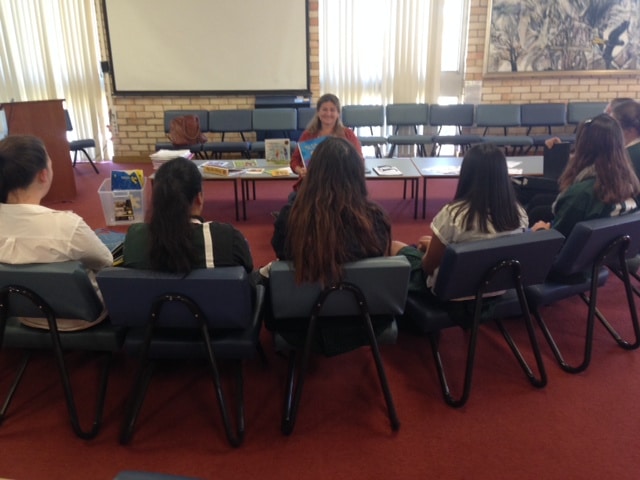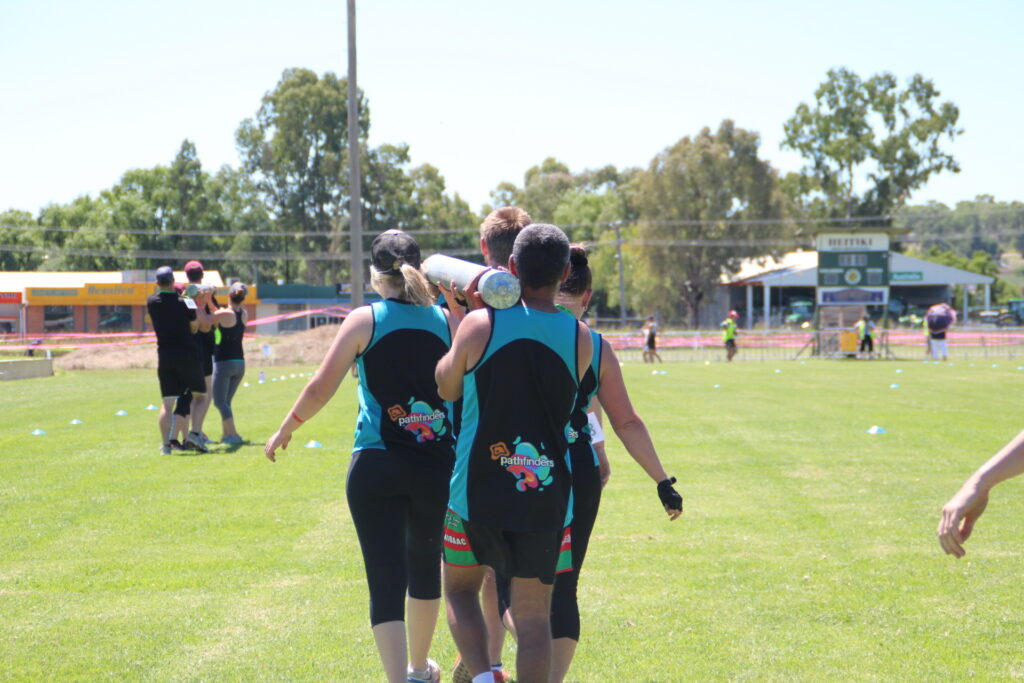Pathfinders is committed to its staff, young people, clients, volunteers and community.
As part of this commitment, Pathfinders is investing in a three-year implementation plan to imbed the accredited and widely adopted therapeutic care model called the Sanctuary Model (Sanctuary) across the organisation.
Sanctuary is a trauma-informed framework for building an organisational culture. It focuses on safety and creating an understanding of how past adversity and trauma can continue to affect someone’s behaviour.
Sanctuary recognises that trauma has an impact not only on the people who have experienced it, but also on the staff who work with them and on organisations as a whole. The model enables an organisation to create a safe, non-violent environment that teaches people to cope effectively with stress and trauma and heal their emotional and behavioural health issues. It also supports staff and carers to form communities that are supportive and caring, and to maintain a culture that reflects these qualities at every level within the organisation.
Sanctuary is an evidence-based approach that was developed by Dr Sandra Bloom. More than 300 organisations have become part of the international Sanctuary Network. The model is a blueprint for clinical and organisational change which, at its core, promotes safety and recovery from adversity through the active creation of a trauma-informed community.
Recognition that trauma is pervasive in the experience of human beings forms the basis for the Sanctuary’s focus, not only on the people who seek services, but equally on the people and systems who provide those services.
The Sanctuary objectives:
- provide a shared knowledge and practice base for all Pathfinders Ltd staff, leadership and stakeholders.
- create increased capacity to provide trauma-informed services for the fostering, community residential and drop in adult services Pathfinders provide.
- instil a trauma-informed culture that serves as a foundation for operations at every layer of the organisation that will support positive organisational and clinical outcomes such as the following:
- lower than average staff turnover
- higher productivity of staff through motivation
- engagement and satisfaction
- strong assessment of trauma leading to more targeted client intervention or treatment
- reduced negative incidents
- trauma symptom reduction in clients
When an organisation makes the commitment to implement Sanctuary, trains its staff in the theoretical and philosophical underpinnings, embraces the language of S.E.L.F., and uses the Sanctuary tools, we can expect to see improved outcomes for clients, improved staff retention and satisfaction, and decreased violence.
While many models address the individual and group treatment needs of vulnerable clients, Sanctuary is unique in that it instructs leaders and community members not only in providing service to their clients, but also in creating safer, better-functioning organisations.
The seven Sanctuary commitments
Sanctuary defines trauma in very broad terms, including exposure to experiences like abuse as well as exposure to more intangible forms of adversity, like poverty, racism and neglect. The seven commitments are a set of values that Sanctuary outlines as a way to lead individuals and organisations away from trauma-reactive behaviours.
Commitment
- non-violence
- emotional intelligence
- social learning
- democracy
- open learning
- social responsibility
- growth and change



